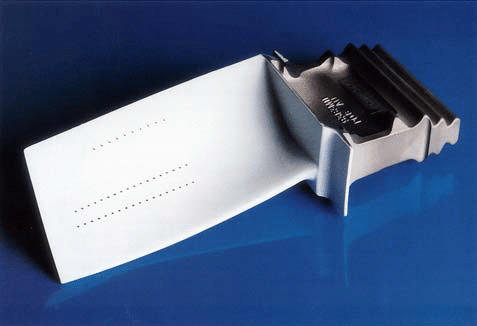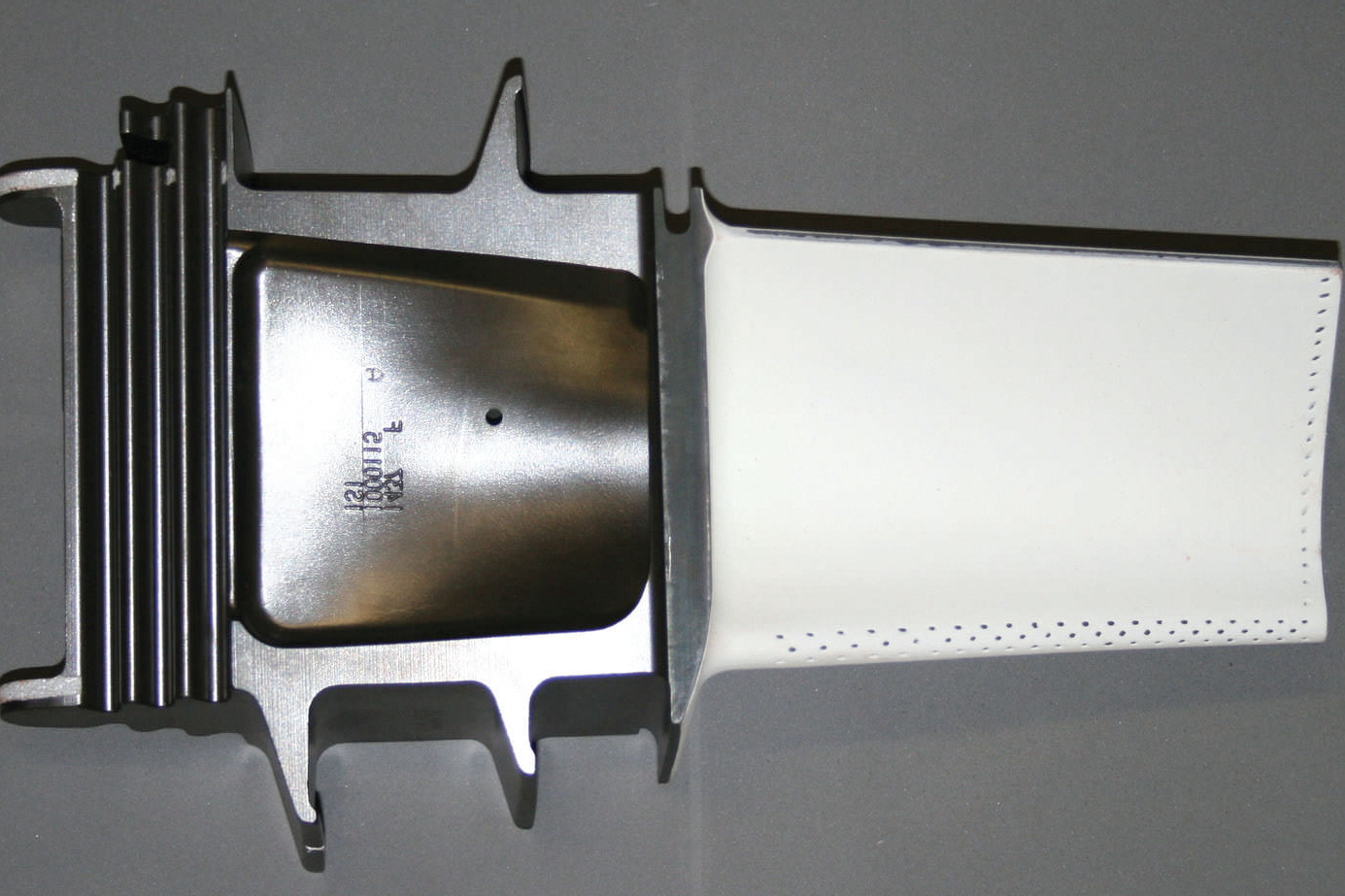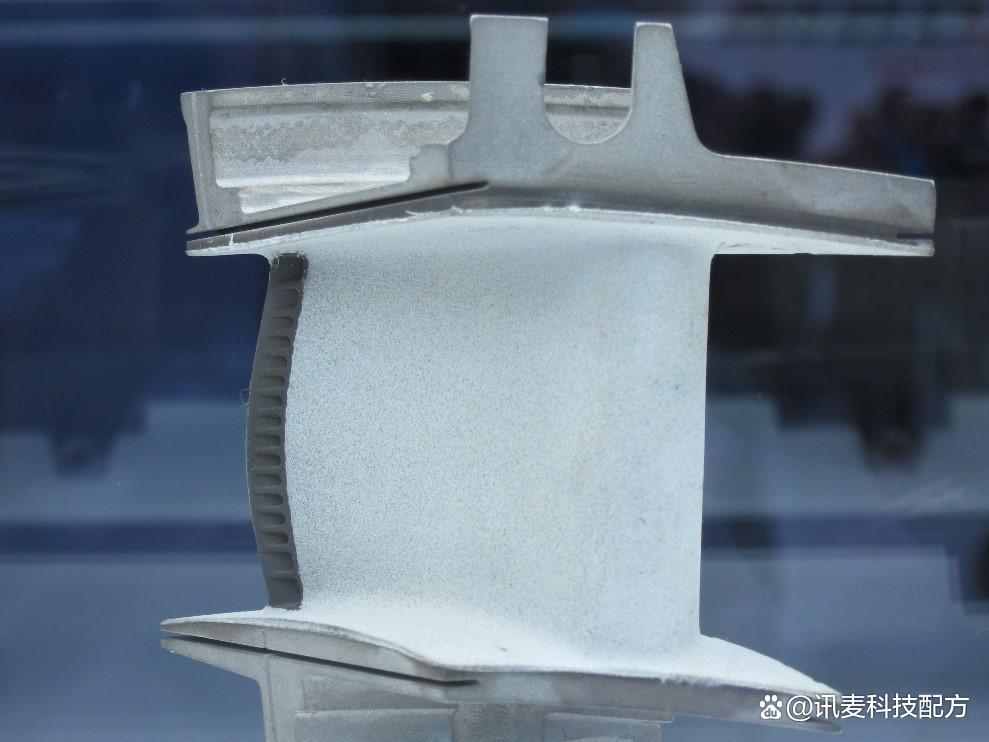What is the primary benefit of Thermal Barrier Coatings (TBCs) for 3D printed parts?
What Is the Primary Benefit of Thermal Barrier Coatings (TBCs) for 3D Printed Parts?
Enhanced Thermal Resistance and Surface Protection
The primary benefit of applying Thermal Barrier Coatings (TBCs) to 3D printed parts is thermal insulation, which significantly improves the component’s resistance to extreme heat exposure. TBCs—typically ceramic-based coatings such as yttria-stabilized zirconia (YSZ)—are applied to the surface of metal parts to protect the underlying substrate from temperatures exceeding 1000°C. This is especially important for components produced via Superalloy 3D Printing or Titanium 3D Printing, which are commonly used in high-temperature environments.
For example, 3D printed Inconel 625 turbine vanes or combustion nozzles gain extended service life when coated with TBCs, as these coatings reduce the effective surface temperature by up to 200–300°C. This lowers the thermal load on the base material, slows oxidation and creep, and delays material degradation under cyclic thermal stress.
Application in High-Temperature Operating Environments
TBCs are essential in applications where components face repeated exposure to thermal shock or combustion gases, such as:
Jet engine blades and liners in aerospace
Turbine and exhaust components in energy systems
Thermal management parts in automotive or motorsport engines
By acting as a thermal insulator, TBCs allow 3D printed components to operate in higher temperature zones without compromising structural integrity or dimensional accuracy.
Recommended Services for High-Temperature 3D Printed Parts
For customers operating in extreme environments, Neway offers tailored services to ensure both thermal protection and mechanical durability:
High-Temperature 3D Printing Services:
Superalloy 3D Printing: Ideal for engine components and high-thermal-load parts.
Titanium 3D Printing: Suitable for heat-resistant aerospace and energy applications.
Ceramic 3D Printing: For parts requiring inherent thermal insulation and stability.
Surface and Thermal Protection Treatments:
Thermal Barrier Coatings (TBC): Applied to improve heat resistance and surface longevity.
Heat Treatment: Stabilizes internal structure for elevated temperature operation.
Hot Isostatic Pressing (HIP): Eliminates internal porosity for thermal fatigue performance.



